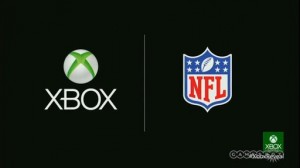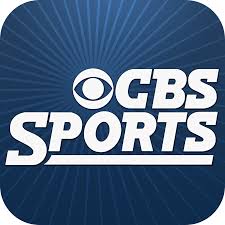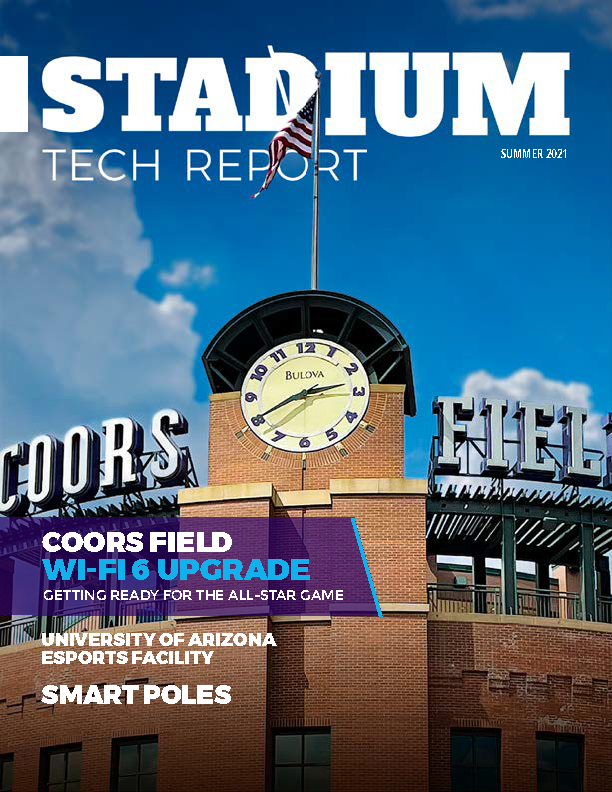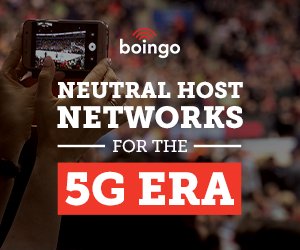Microsoft has enhanced a pair of sports apps that will be made available added an along with its pending Xbox release due later this fall with reworked ESPN apps as well as one that will enable users to access a good deal of NFL video and information, including fantasy football features
The ESPN app is enhanced from the earlier app available for Xbox 360 and provides a great deal of customization by users so that each experience will be tailored to individuals’ preferences such as the ability to create personalized highlight reels on specific players.
Users need to subscribe to a cable service that offers ESPN and with that they can view content not just on ESPN 3 but also programming and live sports from ESPN, ESPN 2 and other related broadcast partners.
The NFL app ties into NFL.Com and provides news and clips from games as well as enabling access to NFL Network programming and provides NFL Red Zone, a program that moves from game to game as teams near the Red Zone and try to score. It enables users to track fantasy teams in real time and they can snap the updates to the screen when playing a game on the console. It should be noted that the console will not ship in time for the start of the NFL season.
The video game console market is a very competitive field and some are even predicting that it will morph into something very different in the future, possibly as a dongle or another add on feature to a television.
But that is in the future and currently Nintendo, Sony and Microsoft are still competing for a market that generates billions in revenue worldwide. By adding enhanced features to apps that access the most popular sports programming and most popular sports in the US, Microsoft could see an advantage over its rivals. Sony is also expected to revamp its PlayStation lineup later this year.









